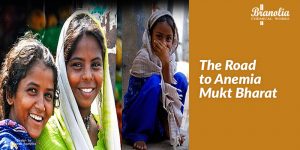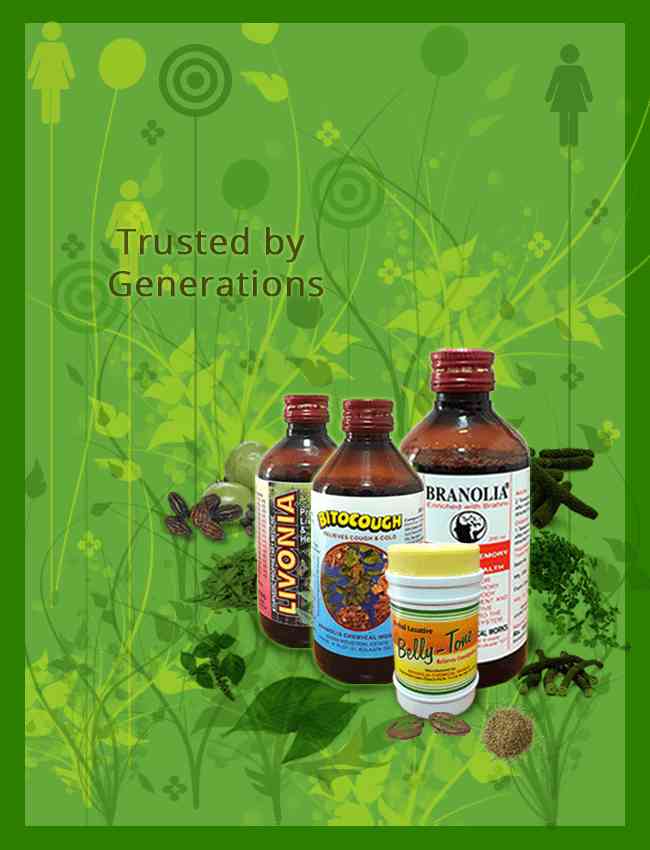The Road to ‘Anemia Mukt Bharat’
 Anemia affects approximately 1.9 billion people globally and is an important cause of ill health.89% of all anemia related disability is found in the developing countries. ( Source: Kassebaum NJ. The global burden of anemia. Hematol Oncol Clin North Am 2016; 30: 247–308).
Anemia affects approximately 1.9 billion people globally and is an important cause of ill health.89% of all anemia related disability is found in the developing countries. ( Source: Kassebaum NJ. The global burden of anemia. Hematol Oncol Clin North Am 2016; 30: 247–308).
Anemia is a condition in a person resulting in low red blood cell count or a decrease in the quantity of haemoglobin in the blood. Is effects are manifested differently in different human beings and can range from fatigue, drowsiness, dizziness, poor cognitive development in children to increased morbidity. It is one of the major health concerns for young adolescent girls and even boys in our country. The Indian policymakers had launched the National Anemia Prophylaxis Programme way back in 1970 where the main focus was on distributing iron and folic acid (IFA) tablets to pregnant women, and children under five. However, the programme failed to address the problem of anemia in India. The National Family Health Survey ( NFHS-4) undertaken in the year 2015-16 reported that 53.1% of all Indian women in the age group of 15-49 years are anemic and 58.6% of the children between the age group of 6-50 months also fall in this category. (Source: http://rchiips.org/nfhs/pdf/NFHS4/India.pdf).
Iron deficiency coupled with poor nutrition is one of the major causes of anemia in India. Anemia is also caused by blood loss due to gastrointestinal conditions like hemorrhoids, ulcers, and cancer. The data reported by the NFHS-4 provided enough evidence that the mortality risk associated with anemia calls for an urgent and effective strategy to address this persisting problem. Thus in 2018, the government of India initiated a new initiative, ‘Anemia Mukt Bharat’ which envisages on achieving a target of reducing anemia each year by 3% till 2022.
Key Strategic Interventions under Anemia Mukt Bharat
The programme ‘Anemia Mukt Bharat’ will mainly focus on the following 6 interventions. They are:
- Prophylactic-iron and folic acid supplementation to be given to children, adolescents and to all women falling in the reproductive age group
- Deworming for children, adolescents, and women in the age group of 20-49 years
- A Behaviour Change Communication Campaign to run round the year to promote awareness
- Regular and mandatory testing of Anemia using digital methods
- Provision to be made to supply iron and folic acid fortified foods under the government-funded public health programmes
- Creating awareness along with a screening of non-nutritional causes of anemia in endemic pockets.
Anemia Mukt Bharat, a flagship programme of the Ministry of Health and Family Welfare addresses the issue with the help of their 6x6x6 strategy. This strategy covers 6 types of beneficiaries, using 6 interventions through 6 institutional mechanisms. A national Anemia Mukt Bharat unit has also been set up to regularly monitor all the events under the programme and create awareness using the T3 approach of Test, Treat and Talk. This programme envisages reaching out to 450 million people.
Branolia Chemical Works supports the initiative of the government of India for an ‘Anemia Mukt Bharat’. One of the products marketed by them is Branolia’s Kulerron, which is best known to increase the haemoglobin count in human beings to fight anemia. The key ingredient in Branolia’s Kulerron is Kulekhara or Hygrophila spinosa which is one of the best known Ayurvedic herb to remove iron deficiency in the blood. Branolia’s Kulerrron can be administered to people of all ages but is highly recommended for women in the age group of 20 -50 years.
[supsystic-social-sharing id="1"]

